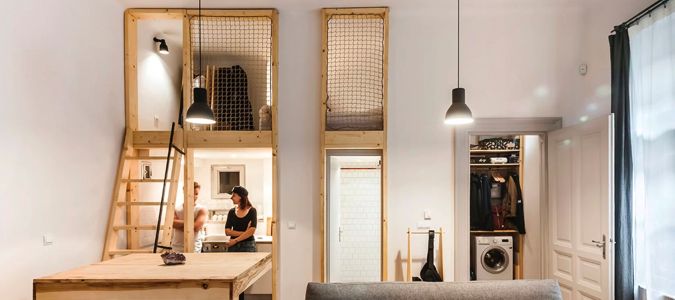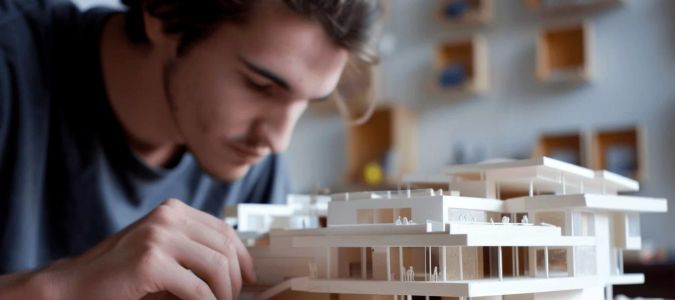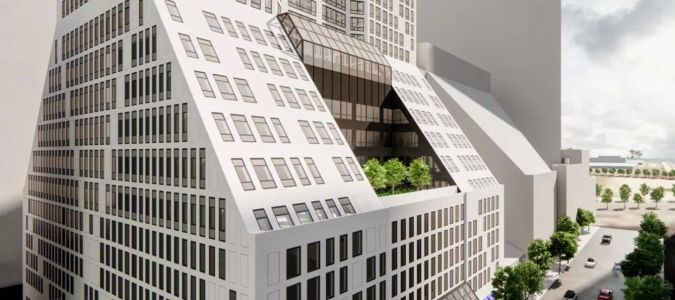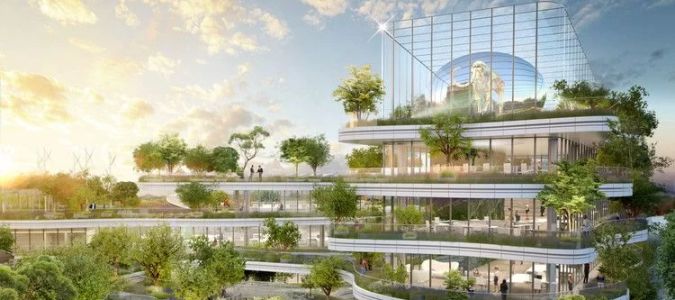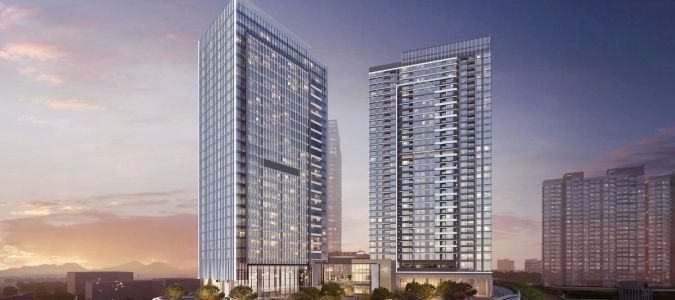The Latest Trends in Architecture for Residential Spaces: Transforming Homes in 2025
As we move into 2025, the world of residential architecture is evolving in exciting and innovative ways. Whether you're a homeowner looking to renovate or a future buyer dreaming of a new home, staying updated on the latest trends in architecture is essential. In this article, I’ll share some of the most exciting architectural trends shaping residential spaces today. From sustainability and smart technologies to open layouts and biophilic designs, let's dive into how these elements are transforming the way we live and experience our homes.
1. Sustainability and Eco-Friendly Designs
Sustainability is no longer a niche consideration in home design—it's a necessity. As climate change and environmental concerns grow, more homeowners and architects are prioritizing eco-friendly materials, energy-efficient technologies, and sustainable practices. I’ve noticed firsthand that many modern homes now feature solar panels, green roofs, and the use of recycled or locally sourced materials. These environmentally conscious design choices are helping to reduce the carbon footprint of homes and create a healthier living environment.
For example, the use of natural insulation materials like sheep wool or hemp, along with energy-efficient appliances, is becoming increasingly common. These materials not only reduce the energy consumption of homes but also provide a more breathable and comfortable indoor environment. Additionally, smart home technologies, such as thermostats that adjust based on weather patterns, are further helping homeowners reduce their energy use and costs.
2. The Rise of Smart Homes
Speaking of smart technologies, the rise of smart homes is one of the most significant trends in modern residential architecture. From voice-activated assistants to automated lighting systems and security cameras, smart home devices are changing how we interact with our living spaces. These innovations are not only making our homes more convenient but also safer and more energy-efficient.
Personally, I’ve had the chance to experience a smart home, and it’s truly a game-changer. For instance, with the help of a smart thermostat, my energy bill has dropped significantly. Automated lights and security systems give me peace of mind when I’m away. In the future, I foresee even more sophisticated technologies being incorporated into residential designs, such as AI-driven climate control and fully integrated home systems that learn and adapt to your lifestyle.
3. Open and Flexible Layouts
Gone are the days of rigid, compartmentalized home designs. One of the most prominent trends I’ve seen in recent years is the move toward open, flexible layouts that prioritize flow and connectivity between spaces. Open-plan living areas allow families to gather more easily, and flexible spaces provide the option to adapt rooms for various uses. For example, dining areas may seamlessly transition into living rooms, or large spaces can be divided into multifunctional areas that can evolve as the family’s needs change.
Another interesting trend within this layout shift is the rise of multifunctional rooms. As work-from-home practices become more common, dedicated office spaces are blending with other parts of the house. I’ve also seen homes with movable partitions that allow homeowners to adjust the size of their rooms based on specific needs, such as transforming a home gym into a guest room for visitors.
4. Biophilic Design: Bringing Nature Indoors
Biophilic design, the concept of incorporating natural elements into the built environment, has become increasingly popular in residential architecture. This trend is all about connecting the indoors with nature, creating spaces that are not only aesthetically pleasing but also promote well-being. Some of the elements commonly used in biophilic design include natural wood, large windows that allow for ample natural light, and indoor plants that improve air quality.
Personally, I love the calming effect of nature-inspired designs. Imagine walking into a living room with a large glass wall that opens up to a beautiful garden or a cozy bedroom with wooden accents and plenty of greenery. The natural light and plant life not only enhance the ambiance of the space but also promote a sense of tranquility and mindfulness.
5. Minimalist and Clean Lines
Minimalism continues to be a dominant force in residential architecture. The trend of clean lines, neutral colors, and uncluttered spaces creates a calm and sophisticated atmosphere. It’s about embracing simplicity and functionality without sacrificing style. What’s great about minimalist design is that it allows for greater flexibility in decor and ensures that each piece in the home has a purpose.
In my experience, minimalism helps to reduce stress and anxiety. A clutter-free space feels more organized and peaceful. Key elements of minimalist design include simple geometric shapes, sleek finishes, and a focus on quality materials rather than quantity. For example, instead of having multiple pieces of furniture, a minimalist living room might feature a single statement piece, such as a bold sofa or a unique light fixture.
6. Luxury Meets Comfort: Modern Farmhouse Style
One of the most beloved design trends in recent years is the modern farmhouse style, which blends rustic charm with modern luxury. Think wooden beams, white shiplap walls, and vintage-inspired light fixtures, combined with sleek finishes, high-end appliances, and cozy textures. The result is a comfortable yet refined space that feels like home.
As someone who’s always appreciated the warmth and charm of a farmhouse, I can see why this style has become so popular. The beauty of modern farmhouse design is that it allows for a personalized approach, whether you prefer a more traditional or contemporary aesthetic. The combination of rustic elements and modern touches makes it the perfect choice for homeowners seeking both style and comfort.
7. Sustainable Landscaping: Expanding the Concept of Home Design
Finally, it’s not just the interiors of homes that are being reimagined—landscaping is becoming an integral part of modern home design. Sustainable landscaping practices, such as xeriscaping (landscaping with drought-tolerant plants) and the use of native plants, are gaining traction in residential projects. These sustainable landscaping techniques not only conserve water but also contribute to the overall environmental responsibility of a home.
I’ve personally seen how incorporating sustainable landscaping can enhance a home’s curb appeal while being eco-friendly. Adding a green roof or rainwater harvesting systems can improve both the aesthetics and efficiency of a property. It’s an extension of the eco-conscious mindset that is shaping residential architecture, and it’s a trend that I’m excited to see continue to grow in the coming years.




